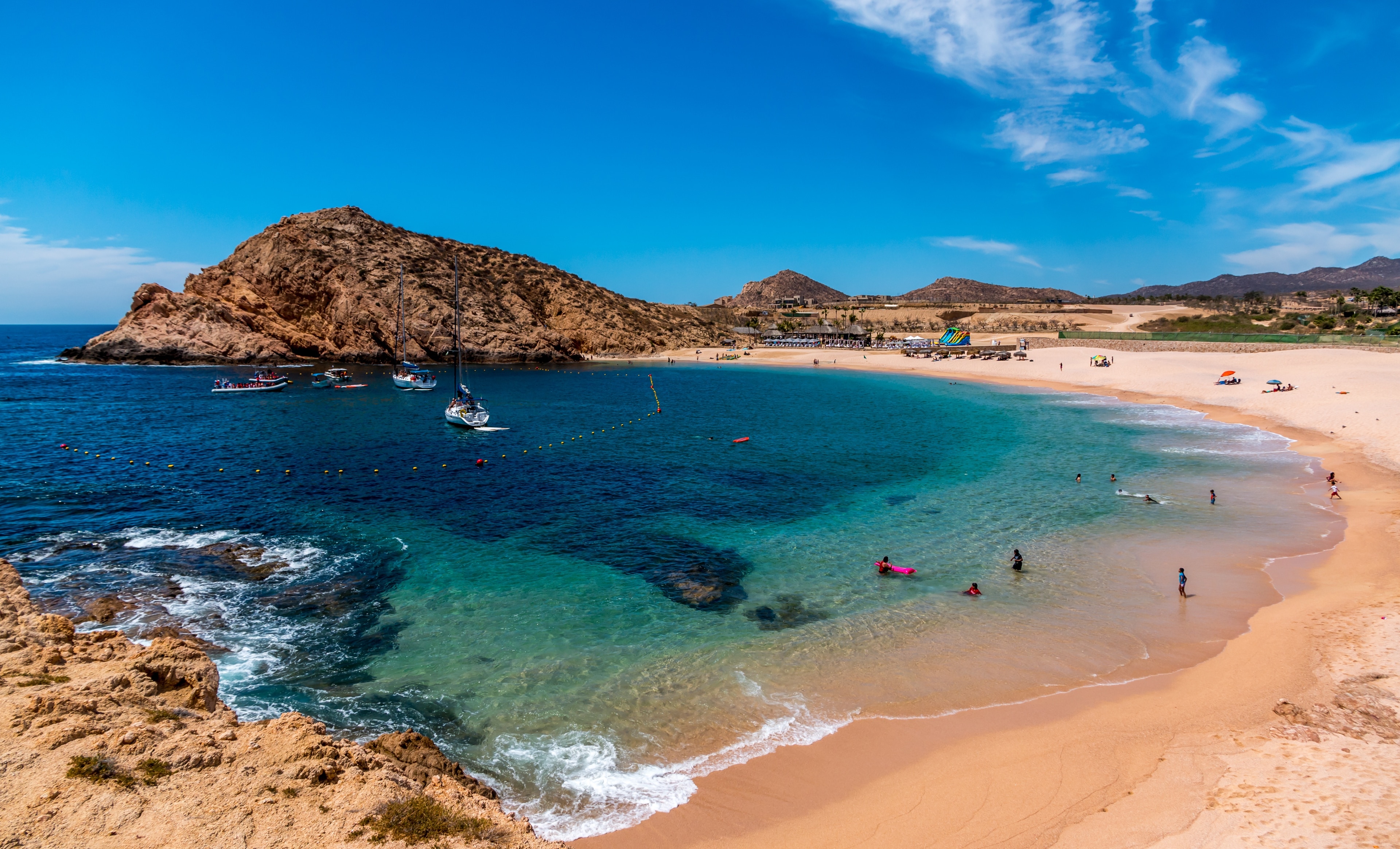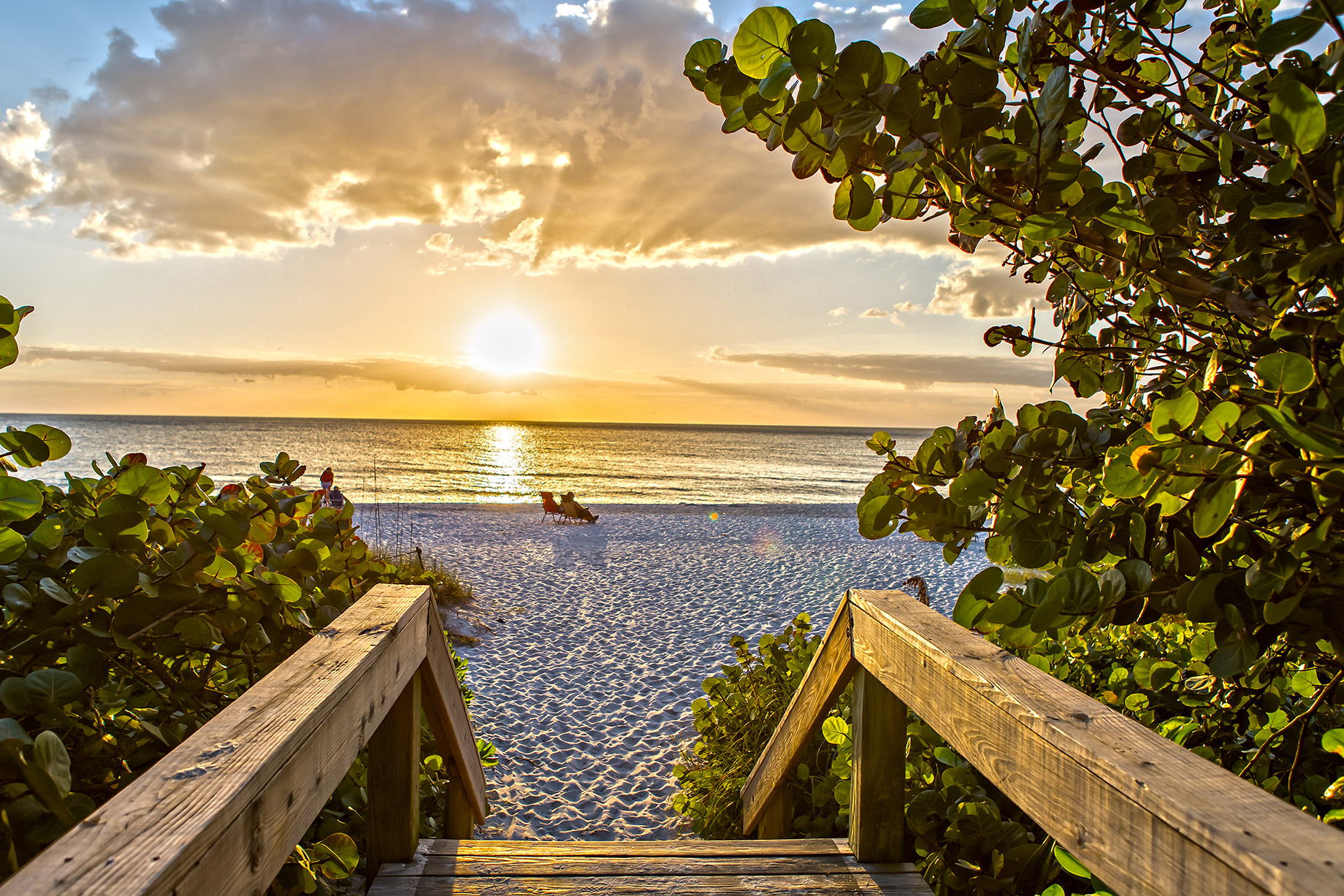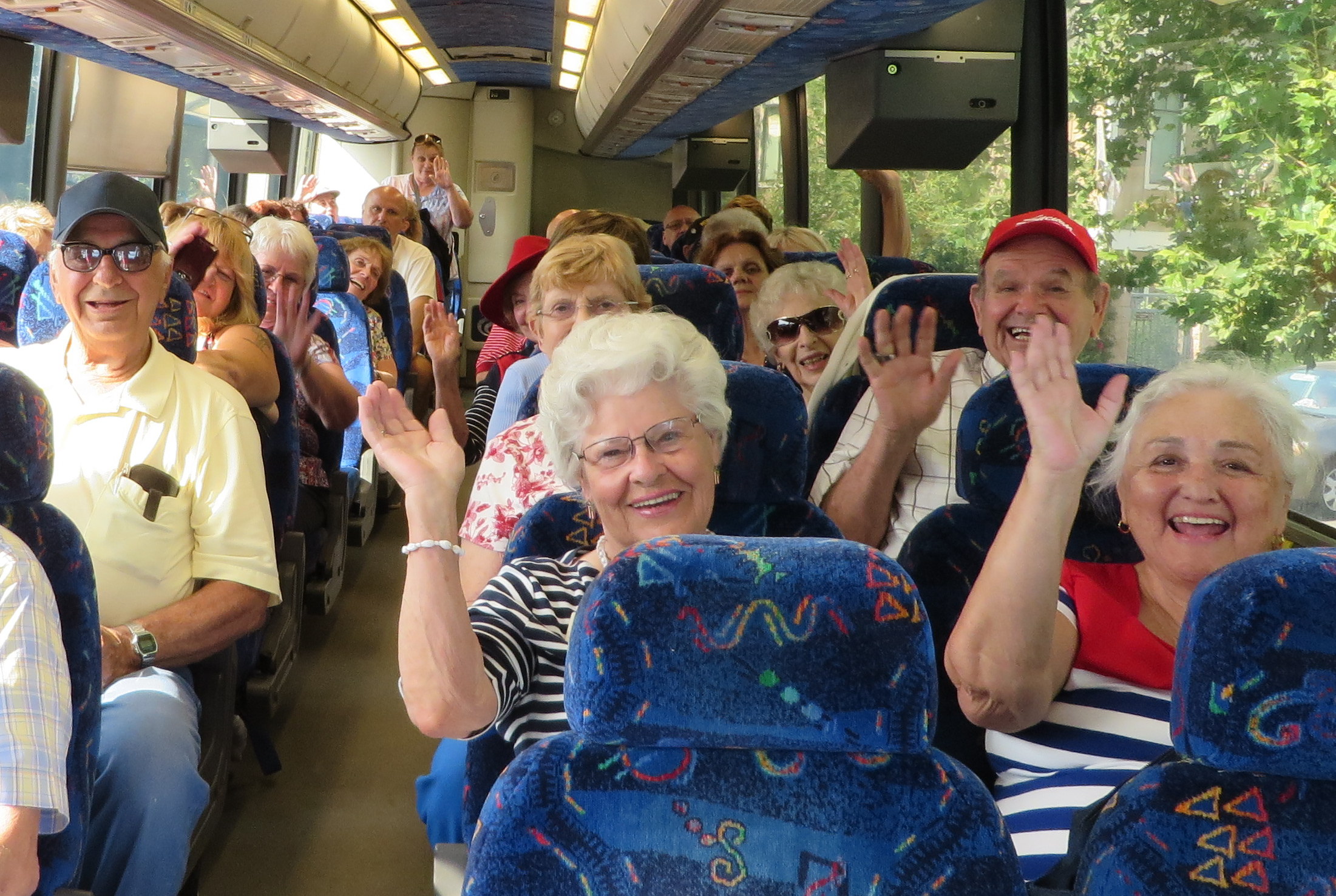Best warm places to live: The pursuit of balmy breezes and endless sunshine draws many to warmer climates. But finding the ideal location involves more than just pleasant temperatures. This guide delves into the crucial factors to consider when choosing a warm place to call home, from cost of living and cultural nuances to infrastructure, safety, and environmental impact.
We’ll explore diverse locations across the globe, providing a balanced perspective to help you make an informed decision.
From the sun-drenched beaches of the Mediterranean to the vibrant cities of South America and the laid-back islands of the Caribbean, the options for warm-weather living are vast. Understanding the subtle differences in climate, culture, and cost of living is key to finding the perfect fit. This guide will equip you with the knowledge to navigate this exciting decision, weighing the pros and cons of each location to determine where your ideal warm-weather lifestyle awaits.
Lifestyle and Culture: Best Warm Places To Live
Choosing a warm-climate location involves more than just sunshine; it’s about embracing a new lifestyle and culture. This section compares and contrasts the cultural experiences of two popular warm-climate destinations: San Diego, California, and Seville, Spain, highlighting the advantages and disadvantages of each.San Diego and Seville, while both boasting pleasant weather, offer vastly different cultural landscapes and lifestyle choices.
San Diego, with its strong American influence, emphasizes a more laid-back, casual lifestyle, while Seville, steeped in Andalusian tradition, presents a vibrant, passionate, and often more formal social scene.
San Diego Lifestyle and Culture
San Diego’s culture is a blend of Californian beach culture, a thriving military presence, and a growing tech industry. This creates a diverse population with a relatively relaxed atmosphere. The emphasis is on outdoor activities, with surfing, hiking, and cycling popular pastimes. The social scene is generally informal, with a strong emphasis on community events and a vibrant craft beer and food truck culture.Advantages of living in San Diego include a strong economy, diverse job market, and a relatively tolerant and open-minded population.
The city also boasts excellent healthcare facilities and a variety of educational opportunities. Disadvantages might include a high cost of living, particularly in terms of housing, and a relatively transient population. The city’s laid-back attitude, while appealing to some, may be perceived as lacking the intensity or passion found in other cultures.
Seville Lifestyle and Culture
Seville, the capital of Andalusia, is a city steeped in history and tradition. Its culture is characterized by passionate flamenco dancing, vibrant religious festivals like Semana Santa (Holy Week), and a strong sense of community. The pace of life is generally slower than in San Diego, with a greater emphasis on social interaction and family life. Outdoor activities are prevalent, but often center around socializing in plazas and enjoying tapas at local bars.Advantages of living in Seville include a rich cultural heritage, a slower pace of life, and a strong sense of community.
The cost of living, while increasing, is generally lower than in San Diego. Disadvantages might include a potentially less diverse job market and a language barrier for those who don’t speak Spanish. The slower pace of life and more formal social customs might not suit everyone.
Comparison of Lifestyle Choices
The lifestyle choices in San Diego and Seville reflect their distinct cultural identities. San Diego offers a more individualistic lifestyle with a focus on personal achievement and outdoor recreation. The social scene is largely informal and activity-driven. In contrast, Seville encourages a more communal lifestyle, with strong family ties and a focus on shared experiences and traditions. Social interactions often center around shared meals, religious festivals, and local events.
Finish your research with information from airline discounts for seniors.
The pace of life is markedly different, with San Diego exhibiting a faster, more competitive rhythm compared to Seville’s more relaxed and traditional approach.
Infrastructure and Amenities

Choosing a warm place to live involves considering more than just pleasant weather. A robust infrastructure and readily available amenities are crucial for a comfortable and fulfilling lifestyle. This section examines the healthcare systems, transportation networks, and educational and recreational opportunities in three popular warm-weather destinations: San Diego, California; Valencia, Spain; and Medellín, Colombia.
Healthcare Systems in Warm Locations
Access to quality healthcare is a paramount concern for anyone relocating. San Diego boasts a highly developed healthcare system with numerous hospitals, clinics, and specialized medical centers. It is home to renowned institutions like Scripps Health and UC San Diego Health, offering a wide range of services and attracting top medical professionals. Valencia, Spain, also benefits from a well-established public healthcare system (Sistema Nacional de Salud), supplemented by a robust private sector.
While access may vary based on location and insurance coverage, the overall quality of care is generally high. Medellín, Colombia, has experienced significant improvements in its healthcare infrastructure in recent years. While private healthcare is prevalent and often preferred for speed and convenience, the public system (Sistema General de Seguridad Social en Salud – SGSSS) is continually expanding and improving its capabilities, especially in urban areas like Medellín.
Transportation Infrastructure in Selected Locations
Efficient transportation is key to navigating daily life. San Diego’s transportation system comprises a network of freeways, public bus routes, and a light rail system (MTS Trolley). While car ownership remains prevalent, the public transportation options are adequate for many residents, especially within the city limits. Valencia, Spain, benefits from a comprehensive public transportation system including a metro, extensive bus network, and a regional train system (Cercanías).
The city is also relatively compact and walkable, particularly in the historic center. Medellín, Colombia, has made significant strides in improving its public transportation with the implementation of its Metrocable system, a gondola lift system connecting various neighborhoods, particularly those in challenging terrain. This, combined with an expanding bus rapid transit (BRT) system, has dramatically enhanced mobility for residents.
Road infrastructure in Medellín, while still undergoing development in certain areas, is generally sufficient to meet the needs of the city.
Educational Institutions and Recreational Facilities
Access to quality education and recreational opportunities contributes significantly to a high quality of life. San Diego is home to several prestigious universities, including the University of California, San Diego (UCSD) and San Diego State University (SDSU), along with numerous community colleges and private institutions. The city also boasts a wide array of recreational facilities, from beautiful beaches and parks to museums, theaters, and sporting venues.
Valencia, Spain, is rich in historical and cultural attractions, and is home to the University of Valencia, a leading institution of higher education. Recreational opportunities abound, including numerous parks, gardens, and access to the Mediterranean coast. Medellín, Colombia, is witnessing a rise in educational opportunities with both public and private universities expanding their offerings. The city also offers a variety of recreational activities, including parks, outdoor sports facilities, and a growing cultural scene.
Safety and Security

Relocating to a warmer climate often involves considering factors beyond just pleasant weather. A crucial element is the safety and security of the chosen location. Different regions offer varying levels of security, and understanding these differences is vital for making an informed decision. This section compares the safety and security levels in three popular warm-weather destinations: San Diego, California; Medellín, Colombia; and Lisbon, Portugal, highlighting potential risks and offering practical safety measures.
Safety and Security in San Diego, California, Best warm places to live
San Diego generally enjoys a low crime rate compared to other major US cities. However, petty theft, particularly in tourist areas, remains a concern. Car break-ins are also relatively common. While violent crime is less prevalent, individuals should remain vigilant, especially at night or in less populated areas. Safety concerns are typically associated with opportunistic crime rather than widespread violence.
Safety and Security in Medellín, Colombia
Medellín has undergone a significant transformation in recent years, transitioning from a city notorious for high crime rates to a more secure environment. While progress has been substantial, certain areas still pose higher risks than others. Petty theft and scams targeting tourists remain concerns. It’s crucial to be aware of one’s surroundings, particularly at night and in less-traveled neighborhoods.
Violent crime, while reduced, is still a factor to consider, although it often involves localized disputes rather than random attacks against tourists.
Safety and Security in Lisbon, Portugal
Lisbon is generally considered a safe city for tourists and residents alike. However, like any major city, petty theft, particularly pickpocketing, is a concern, especially in crowded areas and on public transportation. Scams targeting tourists are also reported. Violent crime is relatively rare. While generally safe, maintaining situational awareness and taking precautions against petty crime is advisable.
Personal Safety Measures in Warm-Weather Destinations
To enhance personal safety in any warm-weather location, several measures can be implemented. These include being aware of surroundings, avoiding poorly lit or isolated areas at night, not displaying expensive jewelry or electronics openly, and using reputable transportation services. Keeping valuables secure, using hotel safes for important documents and passports, and sharing one’s itinerary with someone back home are also recommended.
Learning basic phrases in the local language can also prove helpful in navigating unfamiliar situations and seeking assistance if needed. Finally, registering with one’s embassy or consulate can provide valuable support in case of emergencies.
Choosing the best warm place to live is a deeply personal journey, balancing individual preferences with practical considerations. While the allure of perpetual sunshine and warmth is undeniable, factors like cost of living, cultural compatibility, and infrastructure significantly impact the overall experience. By carefully weighing these elements, and considering the unique challenges and opportunities presented by each location, you can confidently select a warm climate destination that truly enhances your quality of life.
This guide serves as a starting point, encouraging further research and exploration to find your perfect haven.


